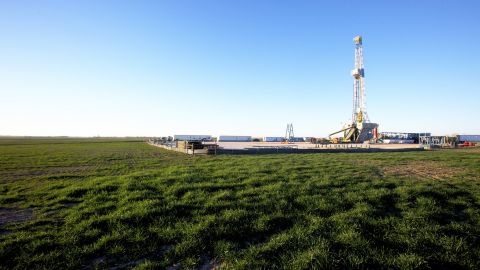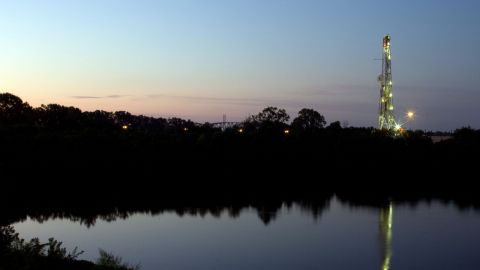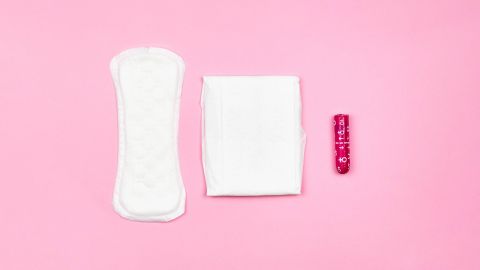
Environmental Art: Understand the Message Before Throwing Soup at It
This episode of "The Sweaty Penguin" explores what “environmental art” means and looks at some of the environmental impacts of art.

This episode of "The Sweaty Penguin" explores what “environmental art” means and looks at some of the environmental impacts of art.

The shale in Southeast Texas has the potential to emit 5.9 billion tons of carbon dioxide over the course of its extraction lifetime.

Stilt houses offer coastal communities a way to adapt to climate change, reducing flood risk and increasing tourism revenue.

The Denka chloroprene plant puts residents of LaPlace, Louisiana, at higher risks of cancer. How can their air and future be healthier?

Despite many innovative clean energy ideas, few have been implemented in Israel, home of the problematic "carbon bomb" Leviathan Gas Field.

Green crabs are one of the worst invasive species, destroying seagrass, salt marshes, and shellfish populations.

The Marcellus Shale in Pennsylvania is home to the second highest emitting oil and gas carbon bomb globally. Why is this project harmful?

Salt marshes absorb carbon, filter pollution and help buffer natural disasters, but they are threatened by sea level rise and more.

Drought is one of the most commonly cited impacts of climate change, leading to water shortages, crop failures, and wildfires.

The Montney Formation is a 130,000-square-kilometer natural gas resource in Canada that causes air, water, and noise pollution.

Approximately 800 million people menstruate. Climate change greatly impacts period products and the people who need them.

Muskoxen face dangers like disease, hunting and climate change. Why do they matter to humans, and how can we protect them moving forward?